The Superstars For Inclusive Growth In Africa Are Mostly Countries People Rarely Talk About
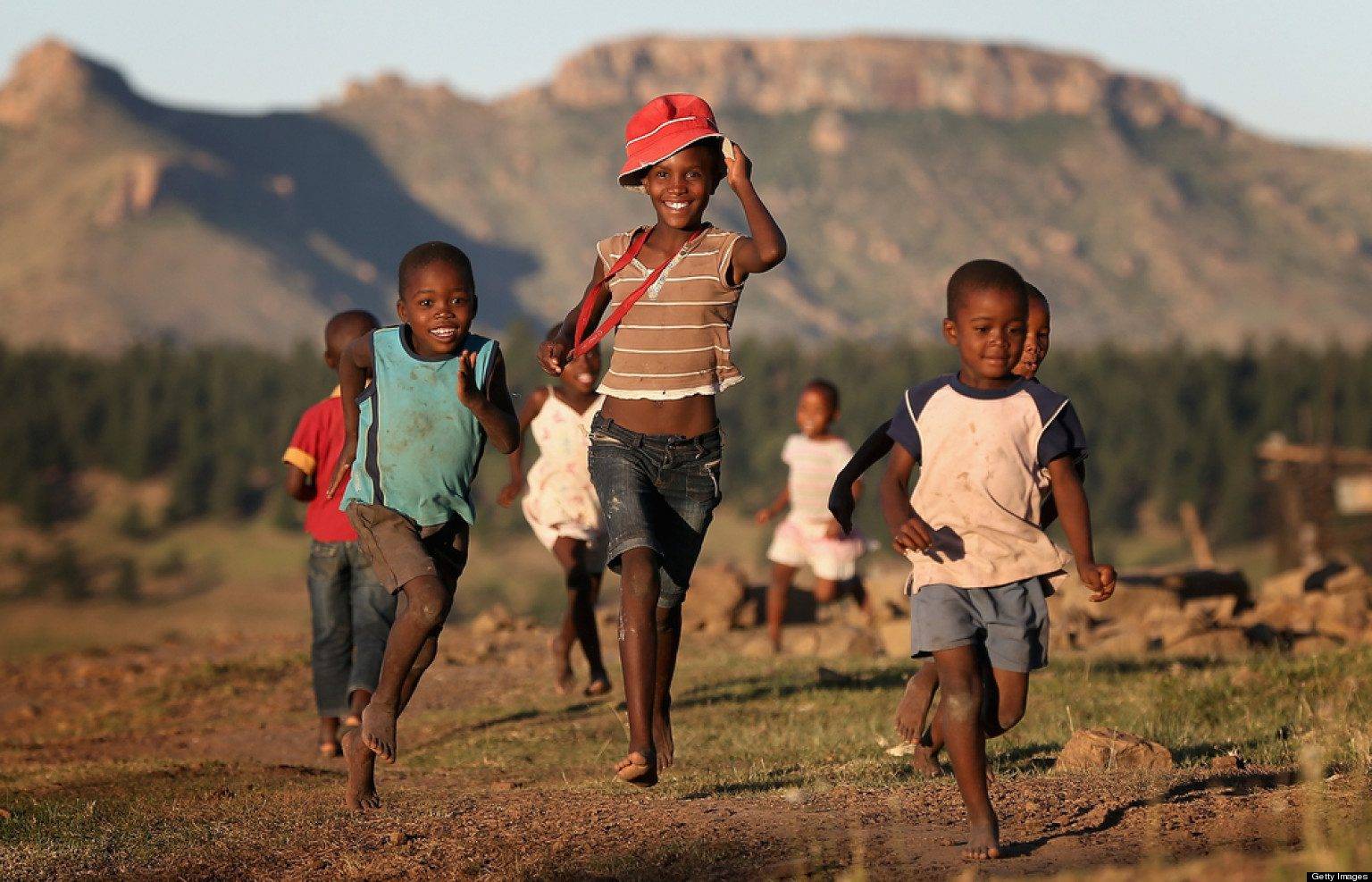
Africa is a continent of wealth and a continent of poverty. Where you stand on the grounds of inclusive growth depends on which country you live in.
The margin between the rich in the best-known countries are gaping, while lesser-talked about nations do the most to elevate the living standards of those in the bottom class.
State Of Things
One would think that the big African names like Nigeria, South Africa, Egypt, Ghana and even Algeria – all of which are Africa’s investment magnets – are actually making life easier for people.
Their status as the more economically and infrastructurally developed countries could be blamed for the possible misconception. Nevertheless, inclusive growth is far away from these bigwigs, per data from the African Economic Outlook 2020.
The research whose data was assembled by the African Development Bank, shows that only 18 out of the 48 African countries considered in the report are achieving inclusive growth. 48, rather than 54 countries, were surveyed because of the availability of reliable data.
Bottom line is, a chunkier part of the continent still has a long, probably exhausting race ahead to achieve inclusive growth and shared prosperity.
According to the Organisation for Economic Co-operation and Development (OECD), inclusive growth is “the growth that is distributed fairly across society and creates opportunities for all”.
That pretty much screams against inequality, implying direct links between the macro and micro economic determinants of a nation’s economy. Imagine countries such as Gambia and São Tomé and Príncipe beating other hot shots to this. Hold that imagination.
The Frontliners
- Angola
- Botswana
- Burkina Faso
- Burundi
- Cabo Verde
- Comoros
- Gambia
- Kenya
- Liberia
- Madagascar
- Mali
- Mauritania
- Niger
- Rwanda
- São Tomé and Príncipe
- Sierra Leone
- Tanzania
- Uganda
These are the African countries where the margin between the rich and poor is substantially getting thinner. Of all, only Kenya, and possibly Uganda or Rwanda, do not come as a surprise.
It’s not new for the largest economies in Africa to be left behind in recent rankings. Nevertheless, it begs the question of where the heck-load of investments and financial inclusion has actually led to. Fact is, in these 18 countries, growth had led to a faster average consumption of the poor and lower inequality between different incomes groups of the populations.
To put a blinding spotlight on the eye-opening perspective, Niger, Madagascar, Sierra Leone, Comoros and Gambia are among the most impoverished countries in Africa according to a series of rankings. So how have these countries managed to blow the richest kids in the neighbourhood out of the water?
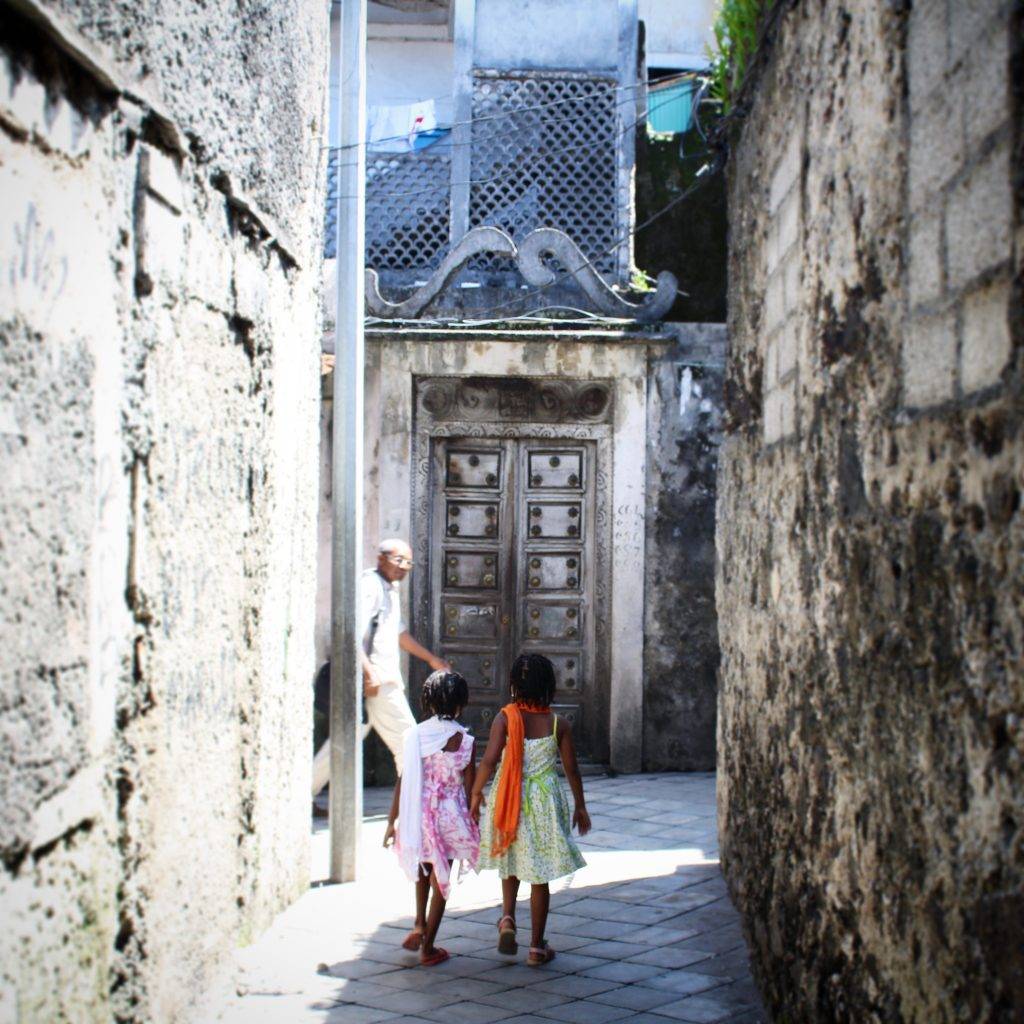
According to Hanan Morsy, the Director of the Macroeconomic Policy, Forecasting and Research Department at AfDB, countries outside the Winning 18 have actually averagely improved the poor’s living standards, but not significantly.
“For instance, the average consumption growth of the poor in those (18) countries was estimated at 3.6 percent a year between 2000 and 2017 against 1.5 percent for the average population, resulting in reductions of poverty by 0.7 percent a year and of inequality (measured by the GINI index) by 0.5 percent a year,” Morsy told WeeTracker.
Perspective
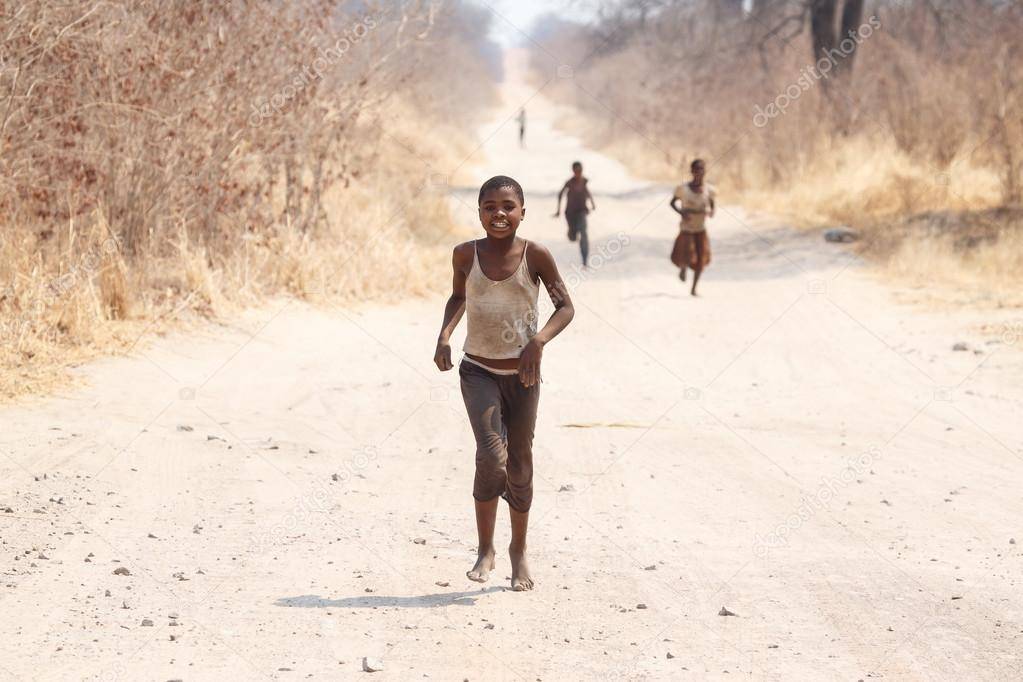
For instance, Nigeria – Africa’s unofficial tech capital – had significant progress for its economy since 2000. In the civilian rule between 1999 to 2010, the country averaged an annual GDP growth of 8.6 percent, compared with just 1.5 when it was still feeling the sway of military interregnum ( between 1983 and 1999).
Shifting from being a petro-ec0nomy, Nigeria’s entire non-oil resource sector accounts for 91.45 percent of its GDP. Despite a USD 375.8 Bn in GDP – arguably the highest in Africa – the fruits of its economic harvest has not been evenly distributed.
69 percent of over 190.9 million Nigerians still live below the official poverty line, according to Oxfam. What’s more, 74 percent of them live below the MGI Empowerment Line, per McKinsey data. In 2018, Nigeria overtook India as the country with the highest number of people living in extreme poverty.
In South Africa, on the other hand, more than 55. Percent of the population live on less than USD 75 per person every month. In Nigeria, its USD 1,016 per person a year in cities and USD 758 in rural areas. According to data agency Statistics South Africa, 3 million South Africans have been pushed below the poverty line since 2011.
The primary reasons for persistent poverty could include low farm productivity and an urbanization process that has largely failed to raise incomes and living standards.
Small island state and lower middle income country, Sao Tome and Principe, has grown its economy with agriculture, tourism and oil-fuelled FDI. Despite paying pay for imports due to its remoteness, its GDP has grown at a 4.5 percent average from 2009 to 2017.
Mauritania, the desert nation with only 0.5 percent of arable land, has an economy whose growth has been on an upward trajectory since 2015, rising from 3.1 percent in 2017 to 3.6 percent in 2018. This improvement was driven by robust activity in the telecommunications, transport, electricity, and primary sectors.
Quantity, Not Quality
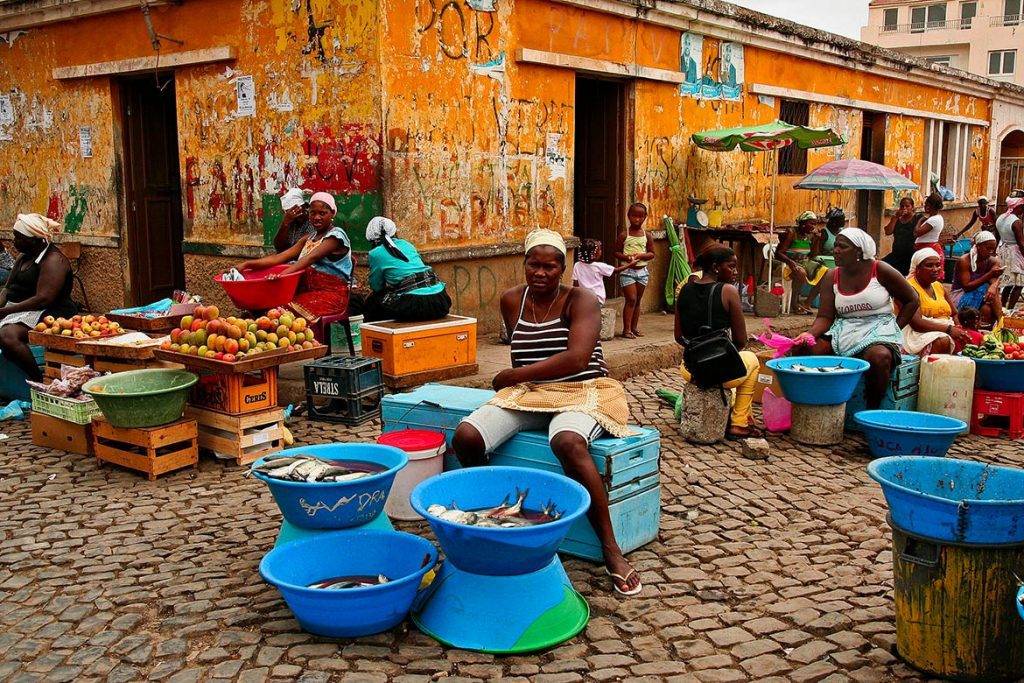
According to Hanan Morsy, an 18-African-country-only inclusive growth shows that the emphasis still remains on the quantity of growth and not on its quality. Although higher economic growth is necessary to undertake large infrastructure projects such as road constructions and rehabilitations, or modernized energy networks, it is not a sufficient condition to achieve inclusive growth, she says.
“Clear pro-poor policy measures need to complement faster economic growth. The AEO 2020 highlighted two among those policies: addressing obstacles to labor mobility within and between countries and expanding social safety net programs, “ Morsy adds.
Let’s take Rwanda – Africa’s futuristic green city – for example. In the East African country, more than 60 percent lived in extreme poverty, but it has reduced the percentage from 57 percent in 2005 to 45 percent in 2010. That’s a great instance of inclusive growth.
In Botswana, inclusive growth has been showcased in the share of poverty-living people – characterized by less than USD 1.90 daily – declining dramatically. It has moved from 34.8 percent of the population in 1993 to 18.2 percent in 2009, and declined to 10.6 percent in 2019.
These few examples, mostly, have something in common – the quality of growth. Botswana, case in point, which is the second-freest economy in Africa after Mauritius, has developed a sensible regulatory environment and reasonable rule of law. These reforms facilitate business conduct, encourage foreign investments and reduce trade barriers. Quantity, not quantity.
The Rwandan government established Vision 2020 in the year 2000, a long-term development grand plan to transform the country into a middle-income country by this year. So far, so good. The institutions set up and policies introduced hurled over 1 million Rwandan out of poverty, between 2005 and 2011.
According to the 2019 World Bank Doing Business index, Rwanda is the 29th easiest place to do business in the world and it is the only low-income country (LIC) in the top 30.
Pro-poor In Retro
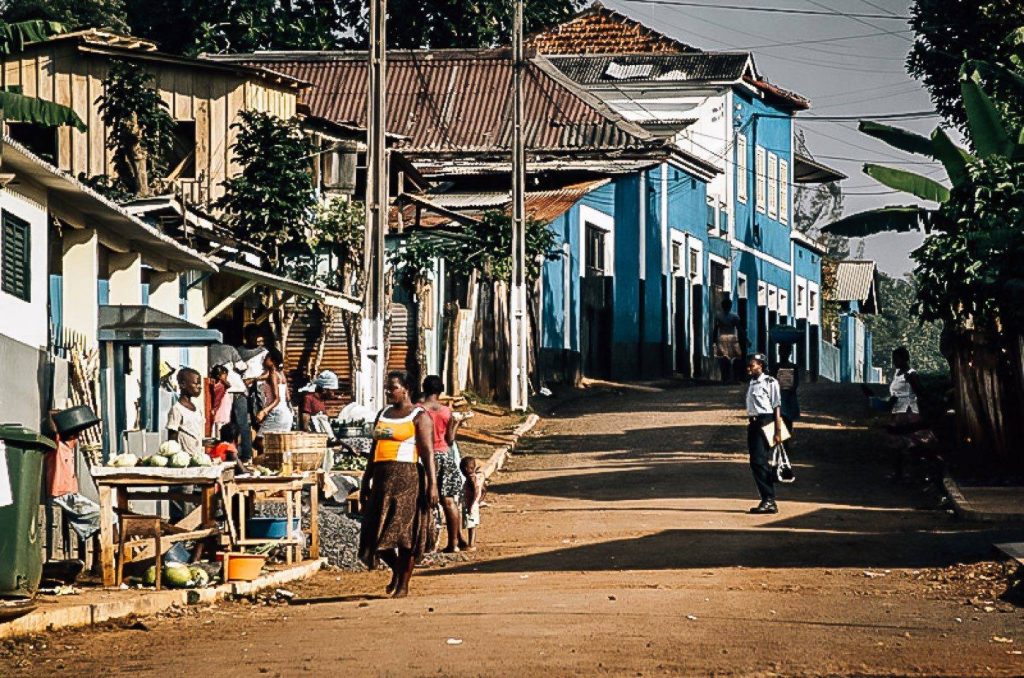
‘Pro-poor’ has become widely used in the development literature. The general understanding that can be drawn is that pro-poor policies are those that directly target poor people, or that are more generally aimed at reducing poverty. On that table, a disturbingly fewer number of African countries actually stand.
AfDB’s analysis in the AEO 2020 depicts a very heterogeneous picture of the development of inclusive growth in Africa, Morsy points out.
“It shows that only 7 countries (Botswana, Burkina Faso, Gambia, Mali, Mauritania, Rwanda, and Uganda) managed to achieve inclusive growth in each of the 2 sub periods analyzed between 2000 and 2017”.
In countries such as Côte d’Ivoire, Djibouti and Togo, growth was not pro-poor during the pre-2010 period before becoming inclusive thereafter. Finally, other countries (Ghana, Liberia, Madagascar, and Niger) followed the reverse trend, from inclusive to anti-poor growth.
In Benin and Zambia, growth was neither pro-poor nor inclusive in both periods, while Egypt remained the only country with a pro-poor but non-inclusive growth in each subperiod, the outlook says.
Featured Image: Huff Post